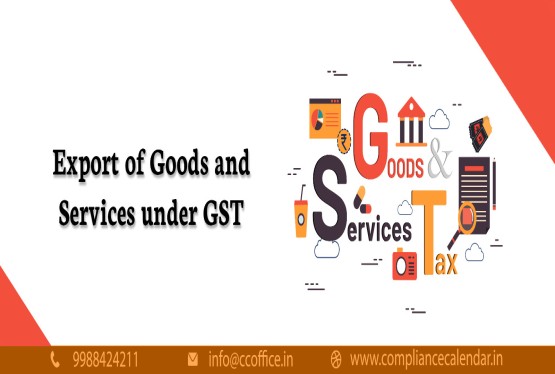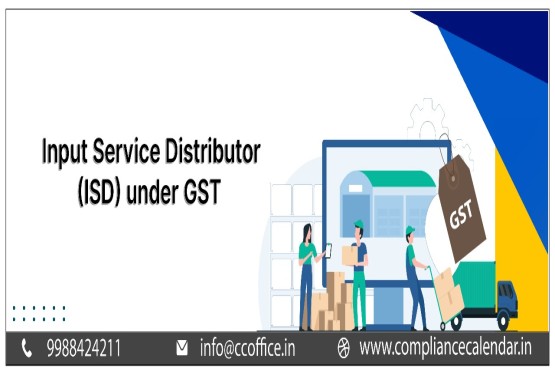Gold has always held a special place in Indian households. Whether it is used as a symbol of wealth, an investment, or a part of cultural traditions, gold remains one of the most purchased assets in India. However, with the implementation of Goods and Services Tax (GST), the taxation system on gold has become more structured and uniform across the country. Know how GST is applied to gold, both physical and digital, is essential for consumers and businesses alike. This article explains the applicable GST Rates on Gold, GST on Gold jewellery and digital gold, and the overall Impact of GST on Gold in India in 2025.
What is GST on Gold in India?
Under the GST regime, gold transactions attract a standardized tax structure across the country. A uniform 3% GST is levied on the intrinsic value of gold, regardless of its form or purity—whether 18K, 22K, or 24K. This tax is divided equally into 1.5% Central GST (CGST) and 1.5% State GST (SGST). In addition to this, if you are purchasing gold jewellery, a 5% GST is also charged on the making charges. These making charges include the cost of labor and craftsmanship involved in manufacturing the jewellery. Before the implementation of GST, gold was taxed under different heads like VAT, service tax, and excise duty. This led to a fragmented tax structure and lack of uniformity. GST has replaced this multi-tax system with a single, transparent tax regime, making it easier for both consumers and jewellers to understand the tax liabilities.
GST Rates on Gold and Components
|
Gold Type / Component |
GST Rate |
Tax Basis |
|
18K, 22K, 24K Gold |
3% |
On gold value |
|
Making Charges (Labour) |
5% |
On making cost |
|
Digital Gold |
3% |
On purchase |
This rate structure is applicable uniformly across India and is meant to bring consistency in pricing and invoicing.
GST on Physical Gold Purchases
When you purchase physical gold, such as coins, bars, or jewellery, the GST on Gold is applicable at 3% of the intrinsic gold value. For jewellery purchases, an additional 5% GST on making charges is also charged.
Example:
If you purchase gold worth Rs.1,00,000 with Rs.10,000 as making charges:
-
GST on Gold = Rs.1,00,000 × 3% = Rs.3,000
-
GST on Making Charges = Rs.10,000 × 5% = Rs.500
-
Total Cost = Rs.1,13,500
Understanding this breakup is important to avoid overpayment and to ensure full transparency in billing.
GST on Gold Jewellery Making Charges
Gold jewellery is often custom-made, and making charges vary from jeweller to jeweller. These charges cover design, labor, and production costs. GST at 5% is levied specifically on these making charges. For example, if making charges are Rs.5,000 for a gold bangle: GST on Making Charges = Rs.5,000 × 5% = Rs.250 This is in addition to the 3% GST on the gold used. Always ask for an invoice that separates gold value and making charges to see how much GST you are paying on each.
GST on Digital Gold in India
In recent years, digital gold has become a preferred investment option. Digital gold allows users to buy, sell, and hold gold in a digital form without needing physical storage. Whether you buy through mobile apps or fintech platforms, GST at 3% is applied to the purchase value of digital gold. Unlike physical jewellery, there are no making charges in digital gold, which makes it simpler from a GST perspective. However, investors should know that digital gold is also subject to capital gains tax when sold, depending on the holding period.
GST on Imported Gold
When gold is imported into India, the cost includes customs duty and Integrated GST (IGST) at the rate of 3%.
As per the latest update in July 2024, Basic Customs Duty (BCD) has been reduced from 10% to 5%, Agriculture Infrastructure and Development Cess (AIDC) reduced from 5% to 1%, Total Custom Charges on Gold Bars now stand at 6%, and 5.35% on Gold Dore
So, when imported gold reaches India, IGST at 3% is calculated on the assessable value (gold value + customs duty). This imported gold is then sold by registered dealers, who charge GST as per usual domestic rates.
GST on Different Karat Gold
Let’s know how GST Rates on Gold are the same across purities but applied on different values based on carat and weight.
24 Karat Gold
24K gold is the purest form and mainly used for coins and bullion. The GST rate is: 3% on gold value Example: Rs.50,000 coin + 3% GST = Rs.51,500
22 Karat Gold
Mostly used in jewellery, 22K gold also attracts: 3% GST on gold value, 5% GST on making charges Example: Rs.1,50,000 jewellery + Rs.7,500 making charges
-
GST = Rs.4,725 (on total value)
Final cost = Rs.1,62,225
18 Karat Gold
Popular in modern jewellery designs: 3% GST on gold value, 5% on making charges Example: Rs.40,000 bracelet + Rs.2,000 making charges
-
GST = Rs.1,260
Total cost = Rs.43,260
GST Calculation on Gold: Step-by-Step
Let’s walk through the calculation for better clarity.
You buy a 22K gold chain weighing 10 grams
-
Gold value: Rs.50,000
-
Making charges: Rs.5,000
-
GST on gold = 3% of Rs.50,000 = Rs.1,500
-
GST on making = 5% of Rs.5,000 = Rs.250
-
Total Payable = Rs.50,000 + Rs.5,000 + Rs.1,500 + Rs.250 = Rs.56,750
This breakdown helps in budgeting and comparing prices across different jewellers.
GST HSN Codes for Gold
Businesses dealing in gold must be aware of HSN codes to comply with GST rules:
|
HSN Code |
Description |
GST Rate |
|
7108 |
Gold (bars, ingots) |
3% |
|
7113 |
Articles of gold jewellery and parts thereof |
3% |
|
7114 |
Other articles of gold (excluding jewellery) |
3% |
|
9988 |
Making charges (job work in jewellery) |
5% |
Correct HSN codes ensure accurate GST filings and help in availing Input Tax Credit (ITC).
Impact of GST on Gold Prices
Before GST, gold was taxed with:
-
VAT (1%-2%)
-
Service Tax (1%)
-
Excise Duty (1%)
Total Tax = 3%-4%, but this varied by state, causing pricing inconsistencies.
After GST:
-
Uniform 3% GST on gold value
-
5% on making charges
So, while GST slightly increased the effective tax, it replaced multiple layers with a single structure, making billing and compliance easier.
Budget 2025 and GST Relief Demands
In the Union Budget 2025, major jewellery associations like Malabar Gold & Diamonds and GJC are pushing for GST relief:
-
Reduce GST from 3% to 1% to make gold more affordable
-
Improve the Gold Monetisation Scheme by involving reputed jewellers
-
Easier finance access for jewellers to promote formal sector growth
If accepted, these changes could further improve the formalisation of the gold economy and help the sector grow from $80 billion in FY24 to $145 billion by FY28.
Input Tax Credit (ITC) on Gold Purchases
Businesses registered under GST can claim Input Tax Credit on: Gold purchases for resale, Job work charges, Reverse charge tax (if applicable)
Conditions for ITC: Valid GST invoice, GST registration, Use for business, not personal use. However, ITC cannot be claimed on gold given as gifts, as clarified by multiple rulings under Section 17(5) of the CGST Act.
Things to Remember Before Buying or Investing in Gold
Always check GST rates on both gold value and making charges. Digital gold avoids making charges—ideal for investors. BIS Hallmarked gold ensures purity and resale value. Always demand an itemized invoice to avoid paying excess tax. Check for ITC eligibility if buying for business. Buy during price dips to save on overall cost including GST.
Conclusion
GST on Gold is not just for businesses—every buyer, whether traditional or digital, should be aware of the GST Rates on Gold to make cost-effective decisions. The 3% GST on gold and 5% GST on making charges directly affect the final purchase cost. Whether you’re buying a gold necklace for a wedding, investing in digital gold for the future, or running a jewellery business, being well-informed helps avoid surprises, ensures compliance, and brings transparency.
If you have any queries regarding GST or GST Registration, you can connect with Compliance Calendar’s GST Experts through email info@ccoffice.in or Call/Whatsapp at +91 9988424211.









_crop10_thumb.jpg)


















































































_for_FY_2025-26_crop10_thumb.jpg)












_learn_crop10_thumb.jpg)








_Filing_Due_Dates_for_FY_2024-25_learn_crop10_thumb.jpeg)



















